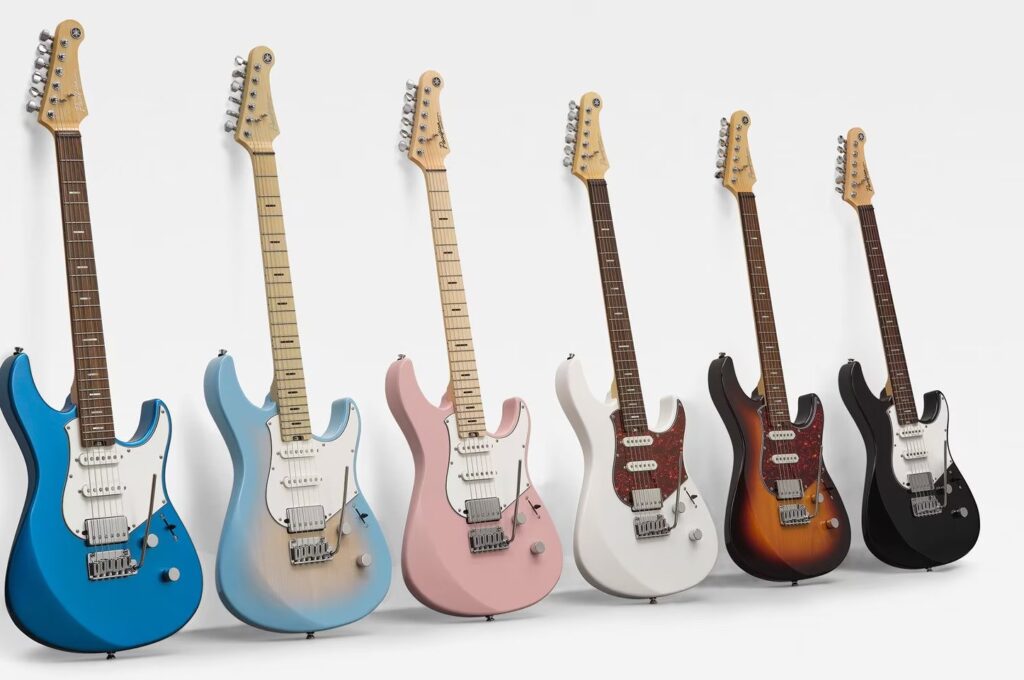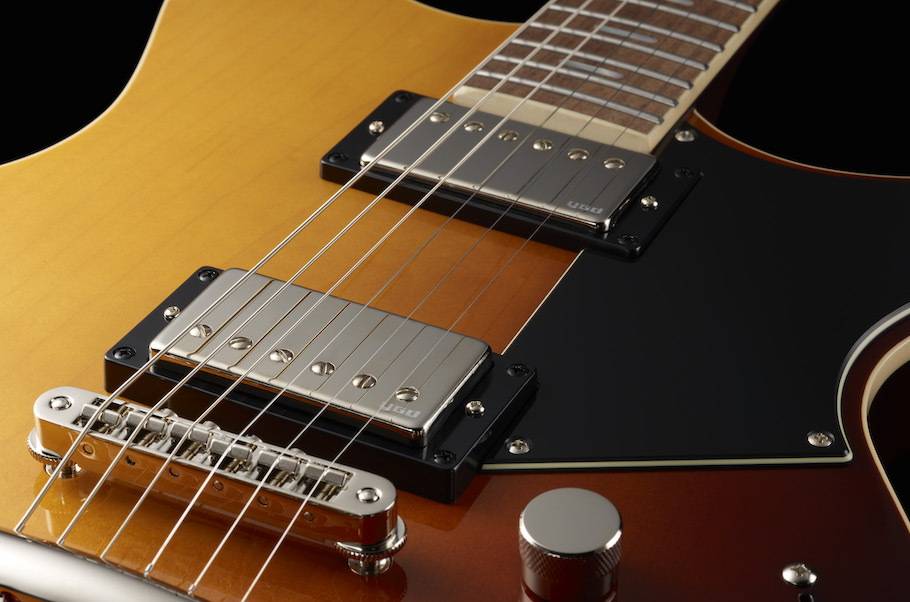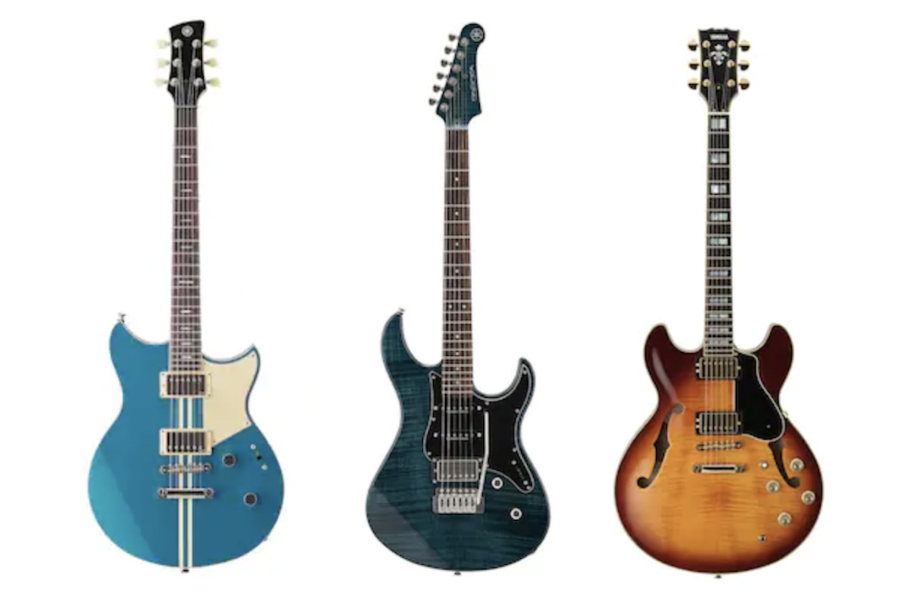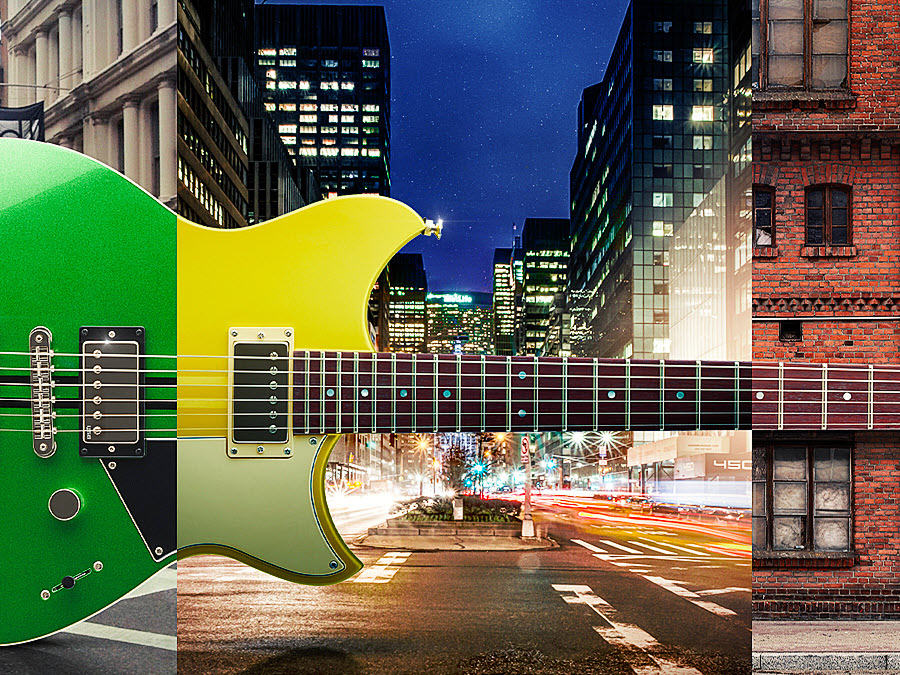Step Up to a Better Electric Guitar
Find a new guitar that’s worthy of your improving skills.
Playing guitar — or any musical instrument, for that matter — is an evolutionary process. If you actively learn and practice, your skills will continuously improve. And the better you get, the more you’ll care about guitar quality.
Whether you’re contemplating going from a beginner guitar to an intermediate one, or an intermediate one to a premium model, buying a guitar with improved tone, playability and features will allow you to express your newfound playing skills fully.
Here’s a guide to the factors you should consider when stepping up to a better electric guitar.
BETTER TONE
On acoustic guitars, tonal quality almost entirely depends on the woods used and the design and construction of the body and neck. With electric guitars, it’s a little different. The overall tone is instead mostly influenced by the pickups and the guitar’s electronics — not to mention the amp and effects used by the player.
That said, the woods used in electric guitars also play a significant role. Solid-body guitars like those in the Yamaha Pacifica line tend to have more sustain because the vibrations from the strings resonate significantly through the solid block of wood that makes up most of the body.
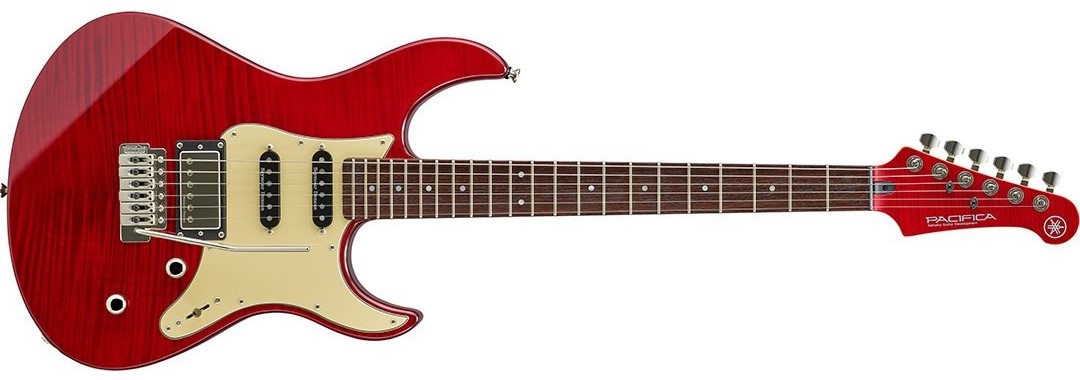
Conversely, hollow-body and semi-hollow-body guitars such as the Yamaha SA2200 use an arch-top design that incorporates acoustic cavities for a rounder, thicker tone. However, because they don’t have as much mass in their bodies, they don’t sustain as much, and they can feed back (squeal) when brought too close to an amplifier.
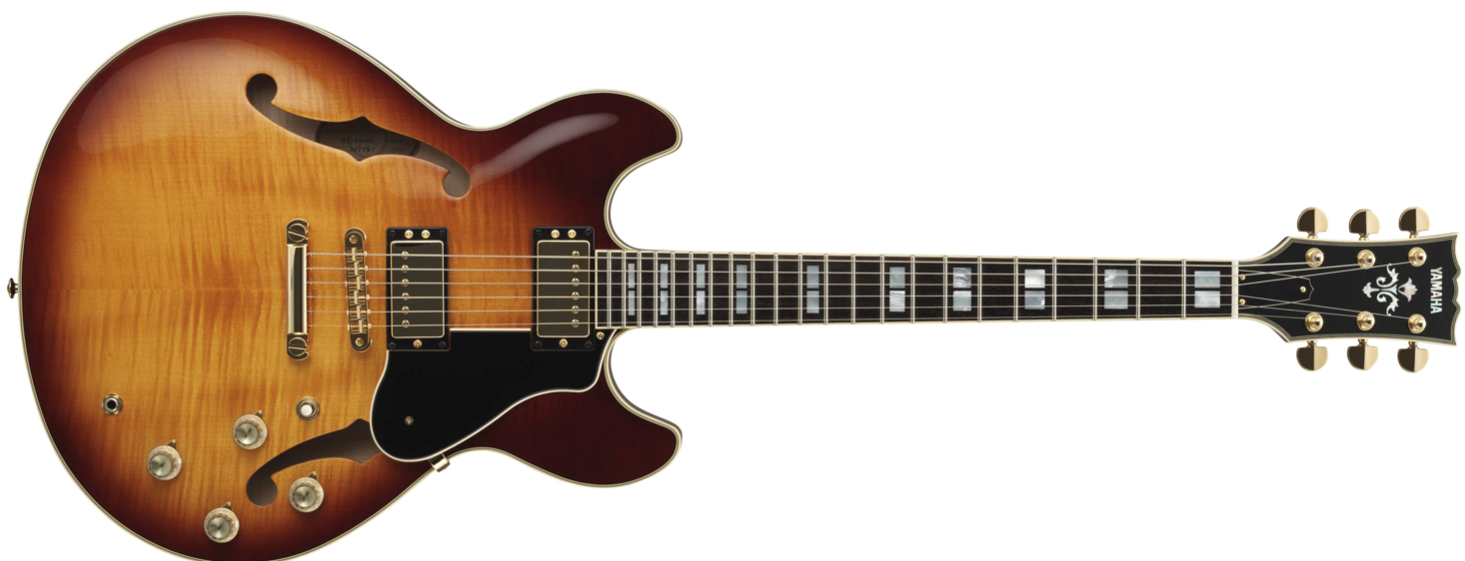
Despite their name, solid-body guitars aren’t completely solid on the inside. All of them have spaces cut in the body to allow for the insertion of the pickups and the electronics. Sometimes guitar makers purposely add additional body cavities, referred to as chambers, to change the resonant properties of the wood and alter the tone in a specific way. For example, the newest line of Yamaha Revstar guitars, introduced in 2022, feature chambered bodies. As you can see from the image below, these chambers are strategically placed on the outer edges of the body, away from the bridge, so they have less impact on sustain while still significantly reducing the weight of the instrument.
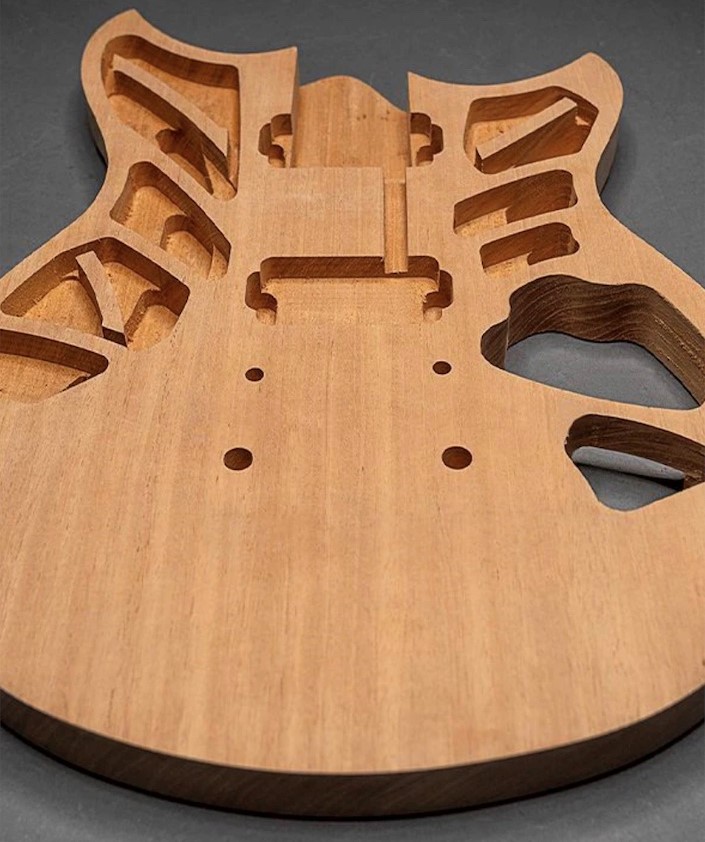
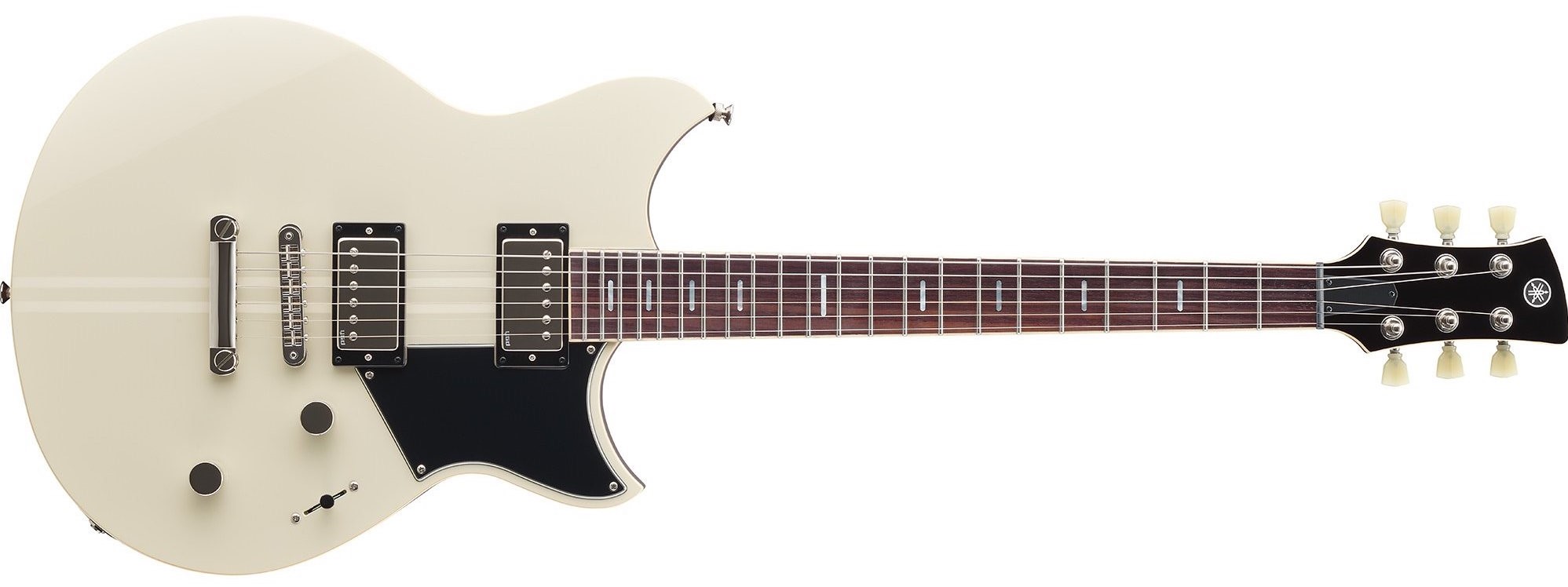
BETTER TECHNOLOGY
Electric guitars are generally equipped with either two or three pickups (the small electronic devices that convert the vibrations of guitar strings into electrical signals), and they play a huge role in the sound of the instrument.
In general, the closer a pickup is to the bridge, the brighter its tone and vice versa. But pickup design is even more important. Pickups fall into two basic categories: single-coil and humbucker. Single-coils have a thinner, brighter tone; humbuckers have two coils and produce a thicker, rounder and louder tone. “P90-style” pickups are a bit of a hybrid. Although they have only one coil, they’re beefier-sounding and louder than a traditional single-coil.

The dual-coil design of humbuckers serves another critical function: noise reduction. If you’ve ever used a high-gain amp or a compressor or distortion pedal with your guitar rig, you know how much buzz and hum can result. Humbuckers were initially developed to minimize such noise. Their two coils have reversed polarities, which helps cancel those sonic gremlins.
Yamaha makes not only humbuckers, but traditional single-coil and “P90-style” pickups too. An electric guitar will often feature one style of pickup, but there are plenty of exceptions. For example, the Yamaha Pacifica 311H sports a humbucker in the neck position and a P90-style pickup in the bridge position. Pacifica 212VQM and Pacifica 212VFM models offer three pickups in an H/S/S configuration, with a humbucker by the bridge and single-coil pickups in the middle and neck positions. In addition, both models are equipped with a coil-split switch, which turns the humbucker into a single-coil pickup.

BETTER FEEL
The construction of an electric guitar neck, including the installation of the frets, is crucial to its sound and durability. This tends to be better on “step-up” guitars than on starter instruments. There are two main factors to be aware of here.
The action on a guitar is the distance from the string to the frets. The lower the action, the easier it will be to play. The higher it is, the more difficult it is to press down on the strings. Except for slide guitarists, who need high action to get the best tone, most guitarists like the action of their instrument to be set as low as possible. However, there’s one caveat: If the strings are too low, they can “fret out” — that is, lose all their sustain and sound buzzy and/or muted when played at certain frets. On guitars where the frets are uneven or worn down, the problem gets exacerbated — a good reason to consider purchasing a new instrument instead of a used one.
Another aspect of feel is the fingerboard radius. If you look closely at a guitar neck, sighting it down toward the headstock as shown below, you’ll see a slight curvature of the fingerboard, going up in the center and down on the sides. That curvature, which varies depending on the guitar model, is the fingerboard radius. The higher the radius, the flatter the neck, and vice versa.
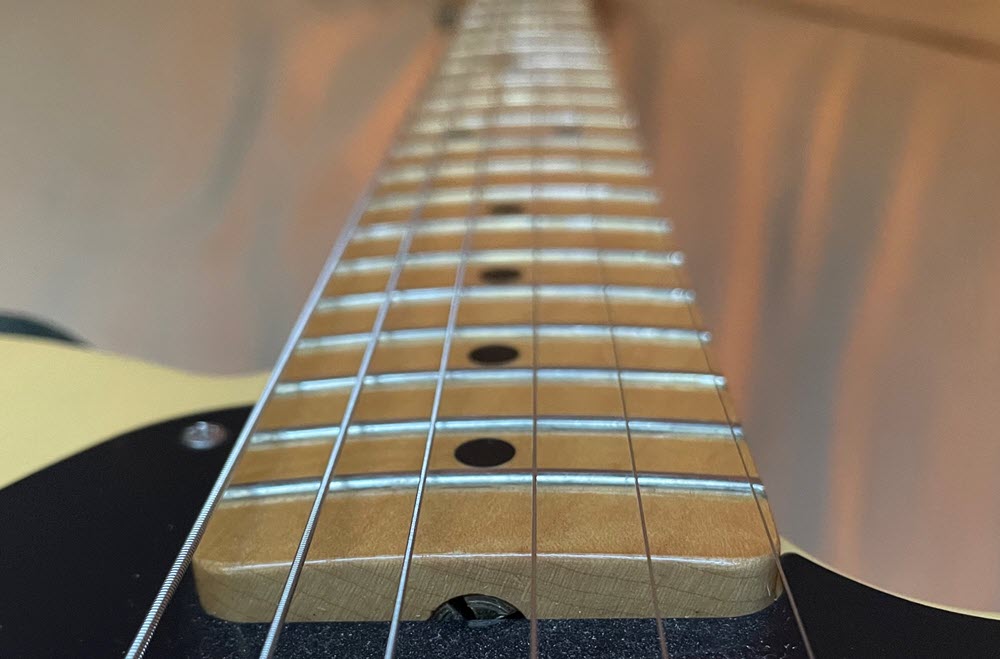
Necks with a low radius are generally more comfortable for playing open-position chords and low notes. Those with a higher radius allow the guitarist to play all over the fretboard with the feel — and the action — staying consistent.
Yamaha Revstar guitars all feature a 12-inch radius, which is a “best of both worlds” design. The Pacifica 200 models have a 13-3/4″ radius, making them particularly suited for musical styles that incorporate lots of fast, high notes.
BETTER LOOKS
Better sound and feel are the most important reasons for upgrading to a new guitar, but the look is also important to many guitarists. Especially if you perform live, the shape and color of your guitar contribute a good deal to your visual image and your “brand.”
The Yamaha Revstar RSS20T, which features a retro “café racer” motorcycle-inspired chrome tailpiece, is an example of a guitar with a distinctive style. The RSS20T also features P90-style pickups, sometimes called “soapbox” pickups, which add to the old-school vibe.
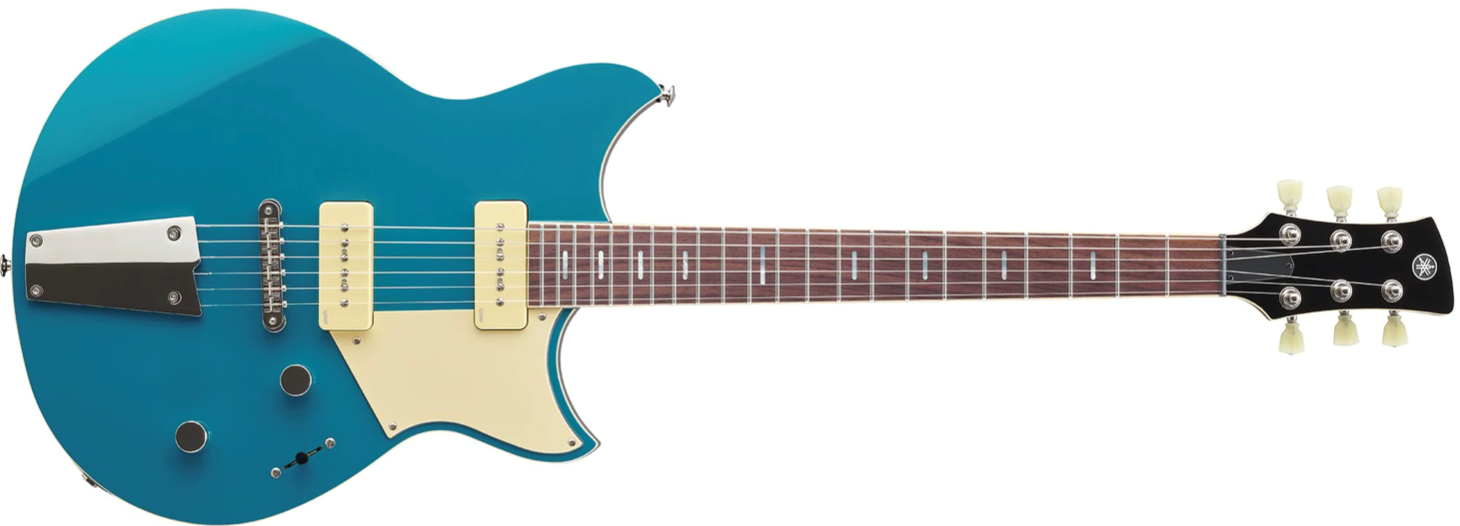
It’s always good to have lots of options to choose from, and Yamaha Revstar guitars are available in a particularly wide range of colors, as shown in the illustration below. As an example, the RSS20T model mentioned above is available in your choice of four different finishes.

Yamaha Pacifica 300 Series guitars also give you plenty of color and finish options, as shown below.
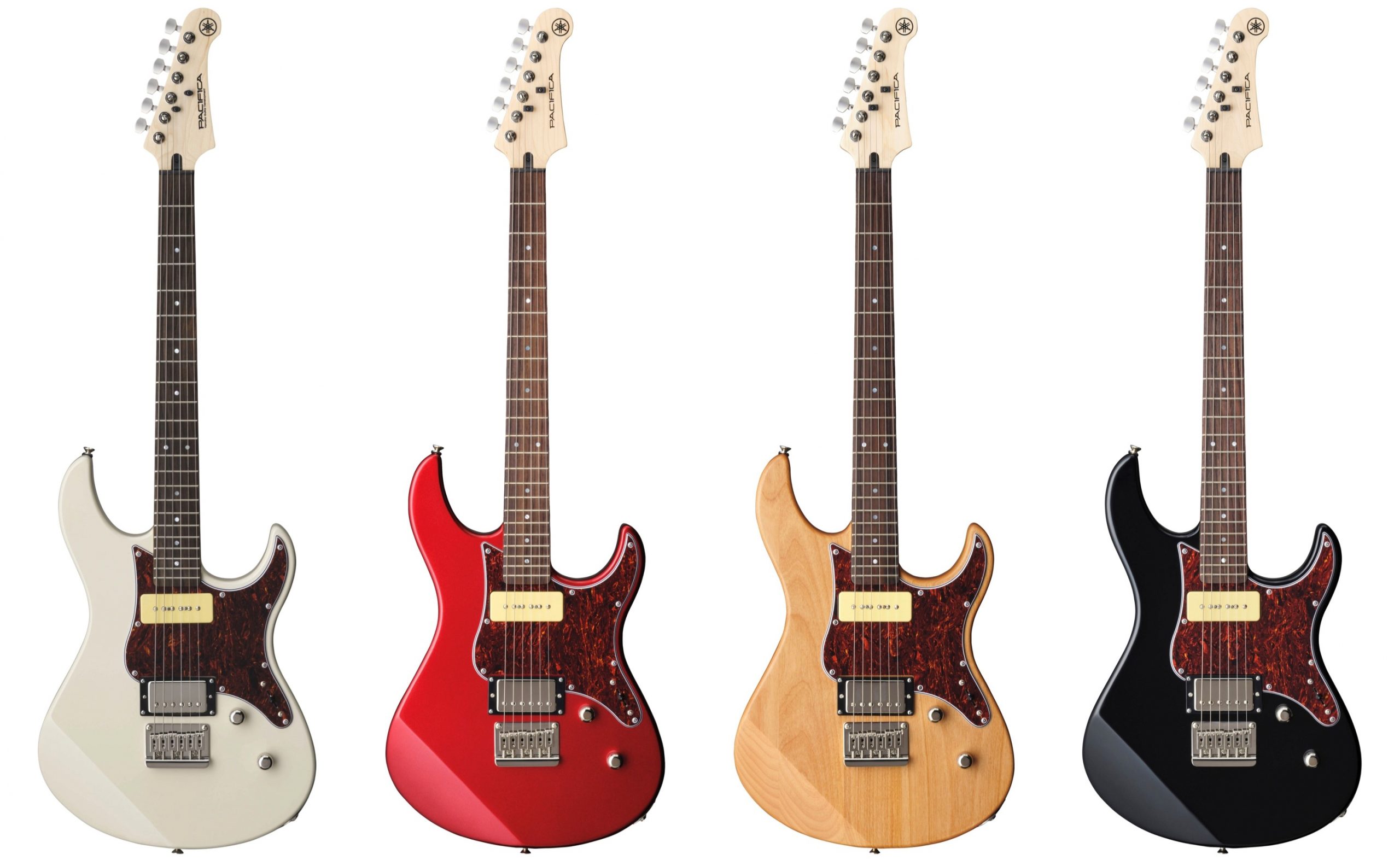
These guitars also feature a hybrid pickup configuration, with a P90-style neck pickup and a humbucker in the bridge position. Having two different pickups not only provides sonic variety, but also adds to the guitar’s visual appeal.
BETTER CRAFTSMANSHIP
As compared to starter instruments, intermediate- and professional-level guitars tend to offer improved craftsmanship overall. They are generally constructed from higher quality tonewoods and usually incorporate more advanced electronics and better-sounding pickups, along with sturdier tuners and other hardware — plus they often come in eye-catching finishes.
So if you’re looking for an electric guitar that sounds, plays and looks better than the one you’re playing now, do yourself a favor and consider stepping up. You’re bound to find an instrument that inspires you to new heights … and that’s always a good thing!
Fingerboard radius photograph courtesy of the author.
Click here for more information about the full line of Yamaha electric guitars.










